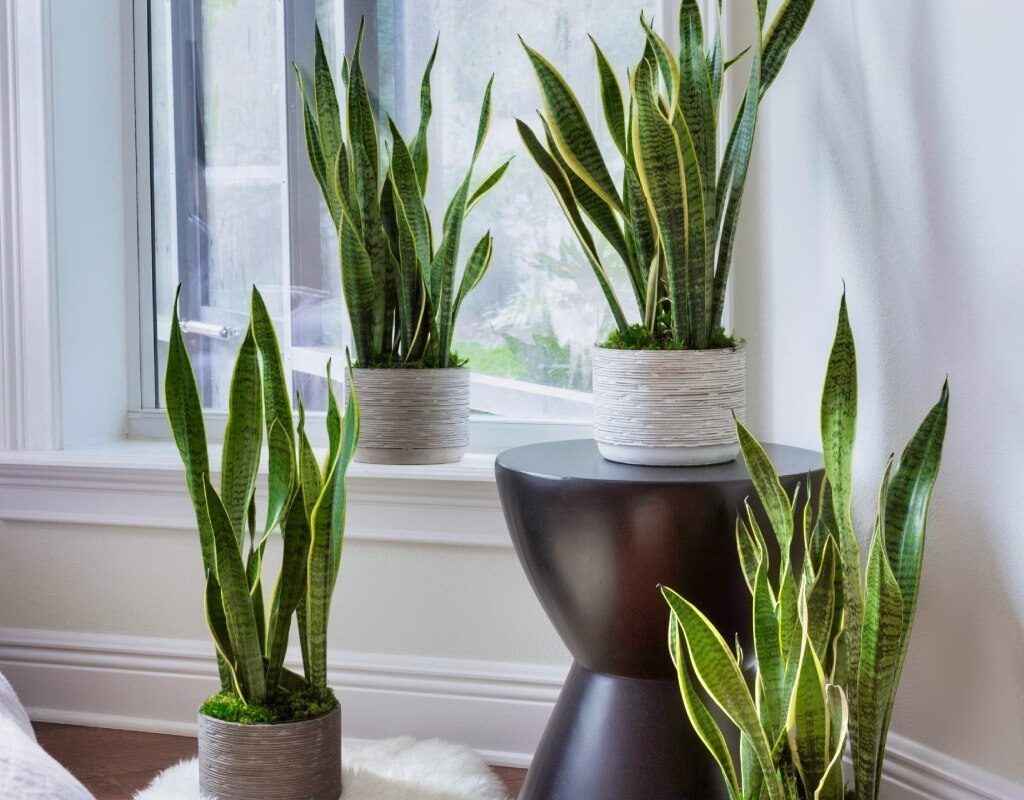Plants serve a purpose beyond mere decoration – they function as natural and efficient air purifiers. Drawing from a NASA study, we’ve curated a list of five resilient, low-maintenance plants that can enhance the air quality in your home. Uncover how these verdant allies can promote a healthier, more comfortable lifestyle.
NASA’s Top Five Plant Recommendations for Superior Indoor Air Quality
It’s important to remember that not all plants are equally proficient in this ecological role; some outperform others in their air-purifying capabilities.
In the late 20th century, specifically in 1989, NASA spearheaded a pivotal study to identify the plants most successful at purifying indoor air.
The space agency scrutinized a variety of air pollutants, unique plant characteristics and their market accessibility.
According to the study, the most prevalent pollutants these verdant life forms can eliminate are benzene, xylene, ammonia, trichloroethylene and formaldehyde. To ensure the relevance of these findings in today’s context, we reached out to Bill Wolverton, Director of Wolverton Environmental Services and lead researcher of this landmark study.
Wolverton reaffirms that his study’s findings remain applicable today. He has provided us with an updated roster of the top five plants for indoor air purification and emphasizes the importance of diversity, noting that “some are better at removing certain chemicals from the air than others”.
Golden Pothos (Epipremnum aureum)
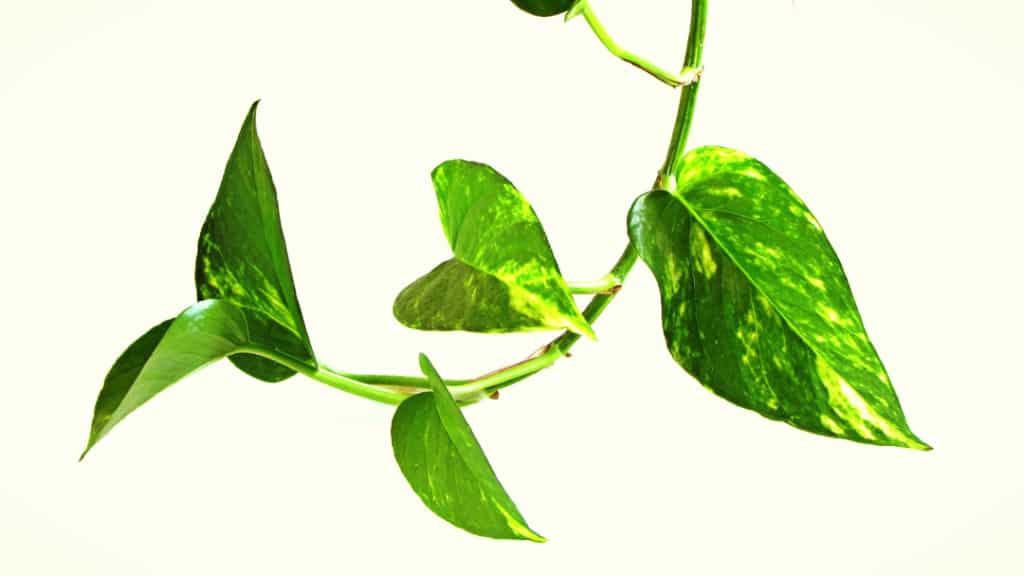
This widely available, resilient plant requires minimal maintenance, which makes it a favored choice for offices and shopping malls. It easily adapts to temperatures between 17º and 30ºC. Watering is necessary only when the soil appears dry. It’s particularly effective at absorbing formaldehyde, xylene and benzene.
Peace Lily (Spathiphyllum sp.)
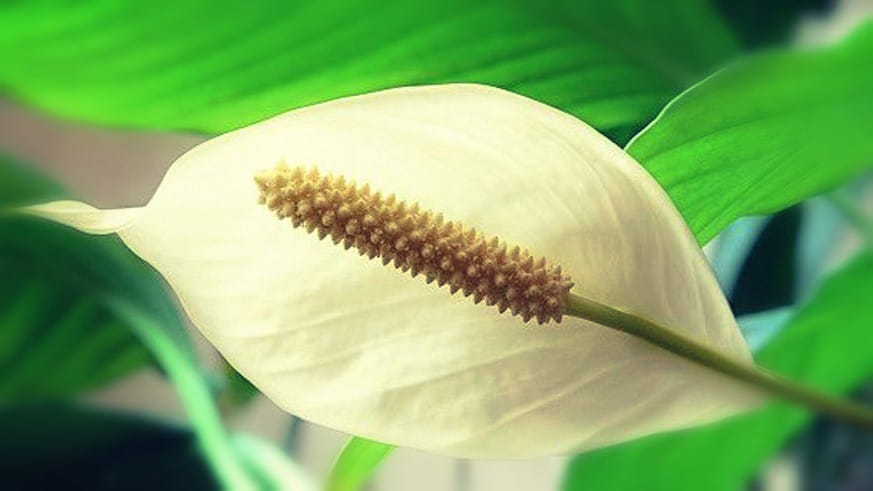
Also known as peace flower, this sturdy plant thrives in low light and minimal water conditions. It grows best in temperatures above 18ºC and it is recommended to keep it out of drafts. It effectively neutralizes all five air pollutants mentioned in the NASA study.
Lady Palm (Rhapis excelsa)

This Asian-origin palm can reach a height of 3 meters and successfully eliminates formaldehyde, xylene and ammonia from the air.
Snake Plant (Sansevieria trifasciata)
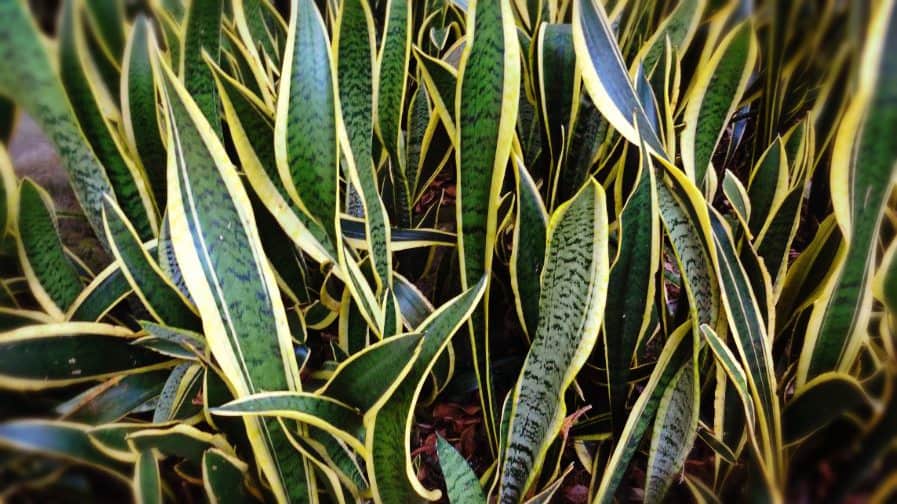
Frequently used in interior decor, the snake plant, also known as mother-in-law’s tongue or St. George’s sword, can survive under harsh conditions and withstand extreme temperatures, both high and low. It is notably effective at removing benzene, xylene, toluene, trichloroethylene and formaldehyde.
Rubber Plant (Ficus elastica)
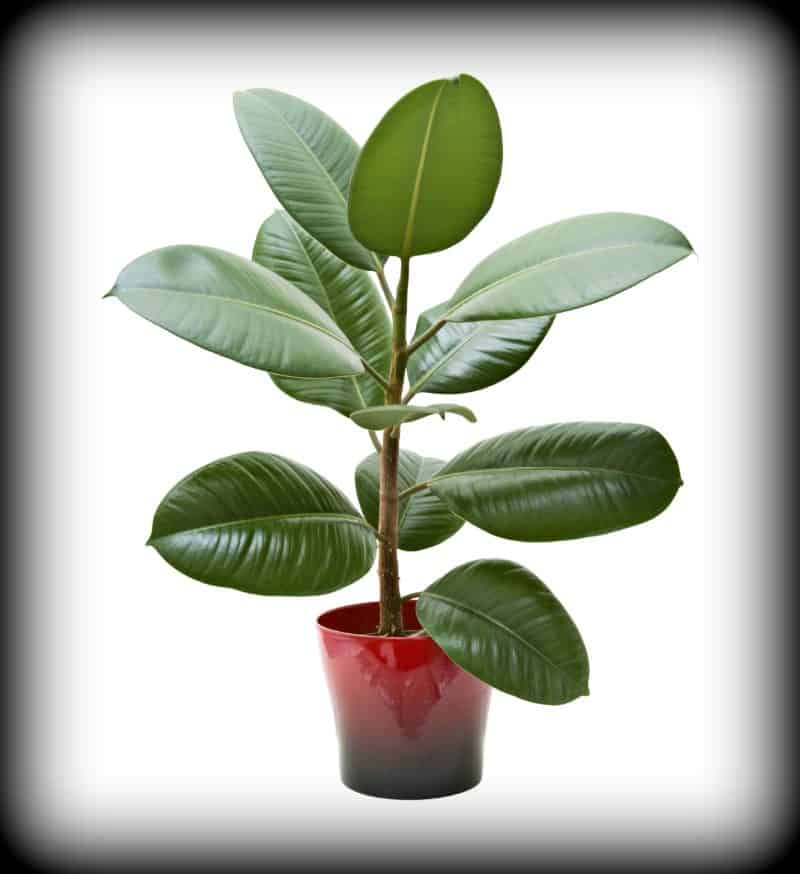
This species can undergo rapid growth in a few years, so ensure you have adequate space to accommodate it in your home. It effectively absorbs formaldehyde from the air, is disease-resistant and due to its high transpiration rate, it helps regulate humidity levels.
By welcoming these plants into your home, you not only elevate its aesthetic appeal but also enhance your family’s health by improving air quality. A modest indoor garden can significantly contribute to fostering a healthier living space.

